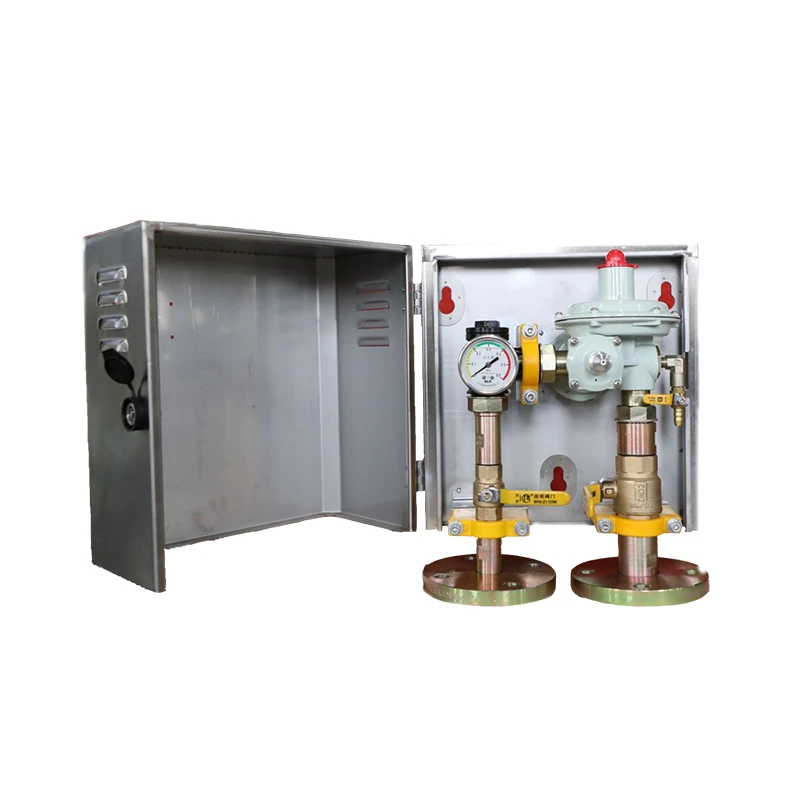
Dec . 11, 2024 09:55
Back to list
مبادل حراري للغاز
Heat Exchangers for Gases An Overview
Heat exchangers are critical components in various industrial processes, enabling efficient thermal energy transfer between two or more fluids without mixing them. Among these, gas-to-gas heat exchangers are particularly vital in applications such as HVAC systems, chemical processing, and power generation. This article explores the principles, types, and applications of heat exchangers designed specifically for gases.
Principles of Heat Exchange
The fundamental principle underlying heat exchangers is the second law of thermodynamics, which states that heat naturally flows from a hotter object to a cooler one. In a gas-to-gas heat exchanger, two gaseous streams at different temperatures pass through the exchanger, allowing the hotter gas to transfer some of its thermal energy to the cooler one. This process improves energy efficiency and reduces waste, making it indispensable in modern industrial applications.
The effectiveness of a heat exchanger is often measured by its effectiveness or heat transfer coefficient, which indicates how well it transfers heat between the two gases. Key factors influencing this performance include the temperature difference between the gases, their flow rates, and the surface area of the heat exchange medium.
Types of Heat Exchangers for Gases
There are several types of heat exchangers utilized for gas applications, each designed with specific operational parameters in mind. The most common types include
.
2. Plate Heat Exchangers These consist of multiple thin plates arranged in a way that creates channels for the gas flows. Plate heat exchangers offer a large surface area for heat exchange and are compact, making them ideal for applications with limited space.
مبادل حراري للغاز

3. Air-cooled Heat Exchangers Utilizing ambient air as a cooling medium, these heat exchangers are often employed in power plants and refrigeration systems. They are energy-efficient and suitable for scenarios where water is scarce or expensive.
4. Regenerative Heat Exchangers These systems store and reuse heat from the exhaust gases, capturing energy during one phase of the cycle and using it during another. Regenerative heat exchangers significantly enhance overall energy efficiency, especially in gas turbine applications.
Applications of Gas Heat Exchangers
The application of gas-to-gas heat exchangers spans a wide range of industries. In the HVAC sector, they are used to recover heat from exhaust air, thereby improving energy efficiency in heating and cooling systems. In chemical processing, heat exchangers help maintain optimal reaction temperatures while recovering heat from outgoing gas streams.
In power generation, gas heat exchangers play a crucial role in improving the efficiency of gas turbines and other thermal power systems. By preheating combustion air or recovering waste heat, they help reduce fuel consumption and enhance overall system performance.
Furthermore, in the oil and gas industry, heat exchangers are utilized in processes like gas processing and refining, where they facilitate efficient thermal management and energy recovery.
Conclusion
Heat exchangers for gases are essential components that significantly contribute to energy efficiency and sustainability across various industries. By enabling effective thermal exchange and reducing waste, they are critical in optimizing processes and minimizing environmental impacts. Understanding the principles, types, and applications of these heat exchangers is vital for engineers and industry professionals striving to improve system performance and drive innovation in thermal management technologies. As industries continue to seek efficiencies and sustainability, the role of gas heat exchangers will only become increasingly important.
Latest news
-
Safety Valve Spring-Loaded Design Overpressure ProtectionNewsJul.25,2025
-
Precision Voltage Regulator AC5 Accuracy Grade PerformanceNewsJul.25,2025
-
Natural Gas Pressure Regulating Skid Industrial Pipeline ApplicationsNewsJul.25,2025
-
Natural Gas Filter Stainless Steel Mesh Element DesignNewsJul.25,2025
-
Gas Pressure Regulator Valve Direct-Acting Spring-Loaded DesignNewsJul.25,2025
-
Decompression Equipment Multi-Stage Heat Exchange System DesignNewsJul.25,2025

